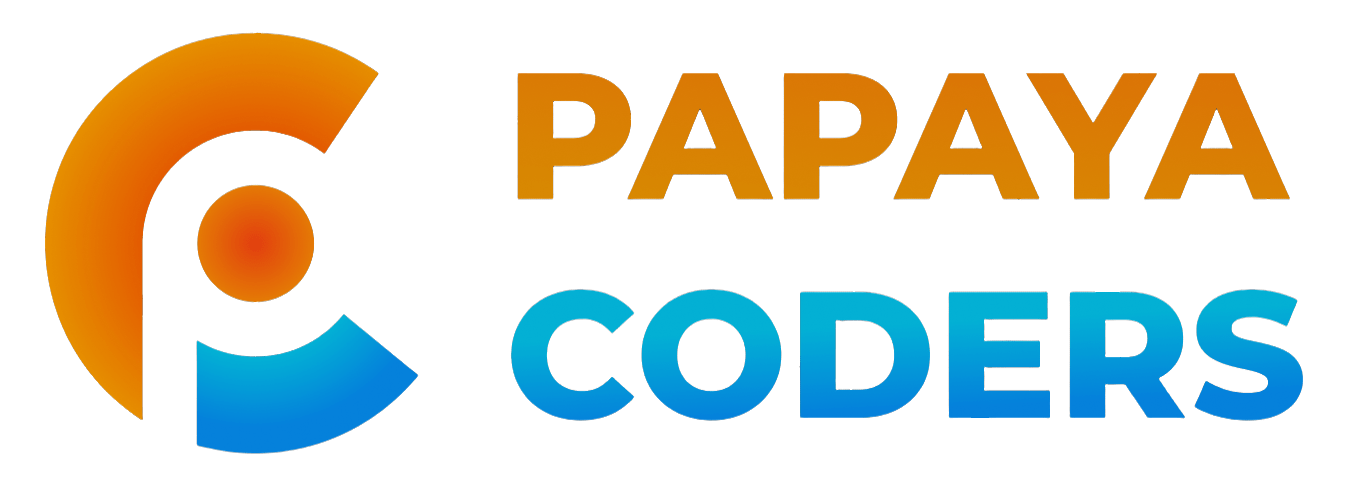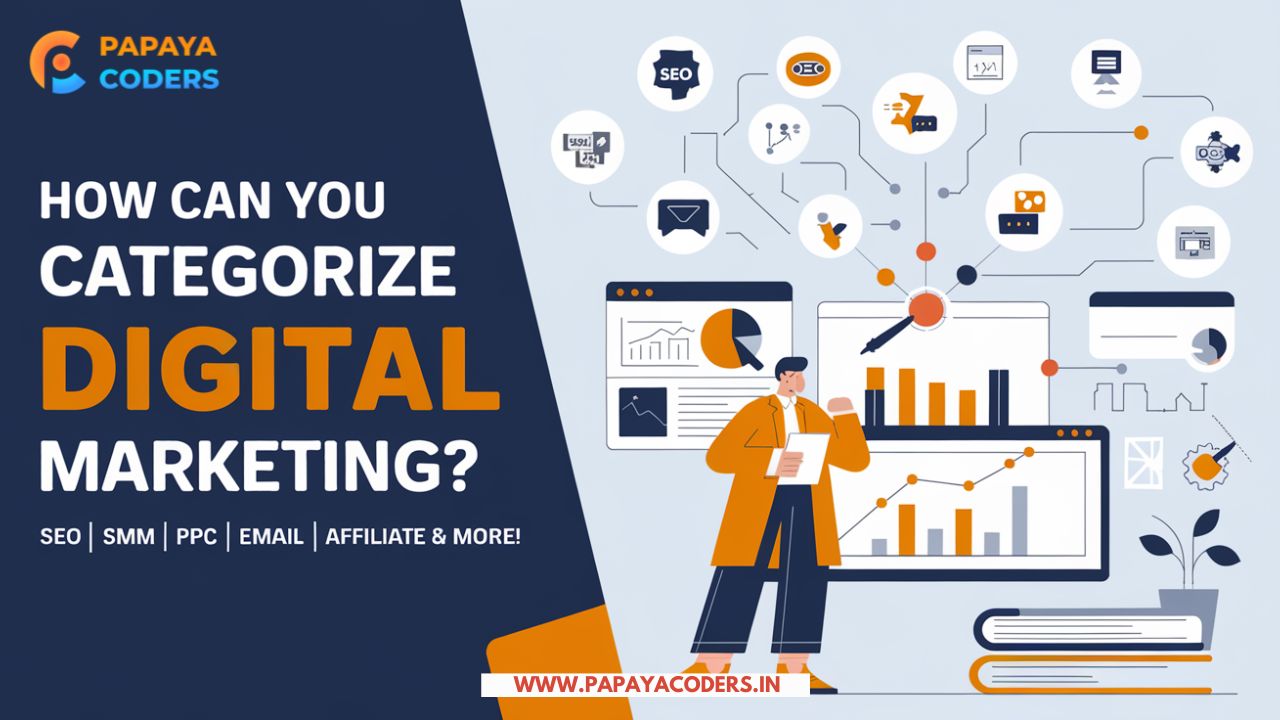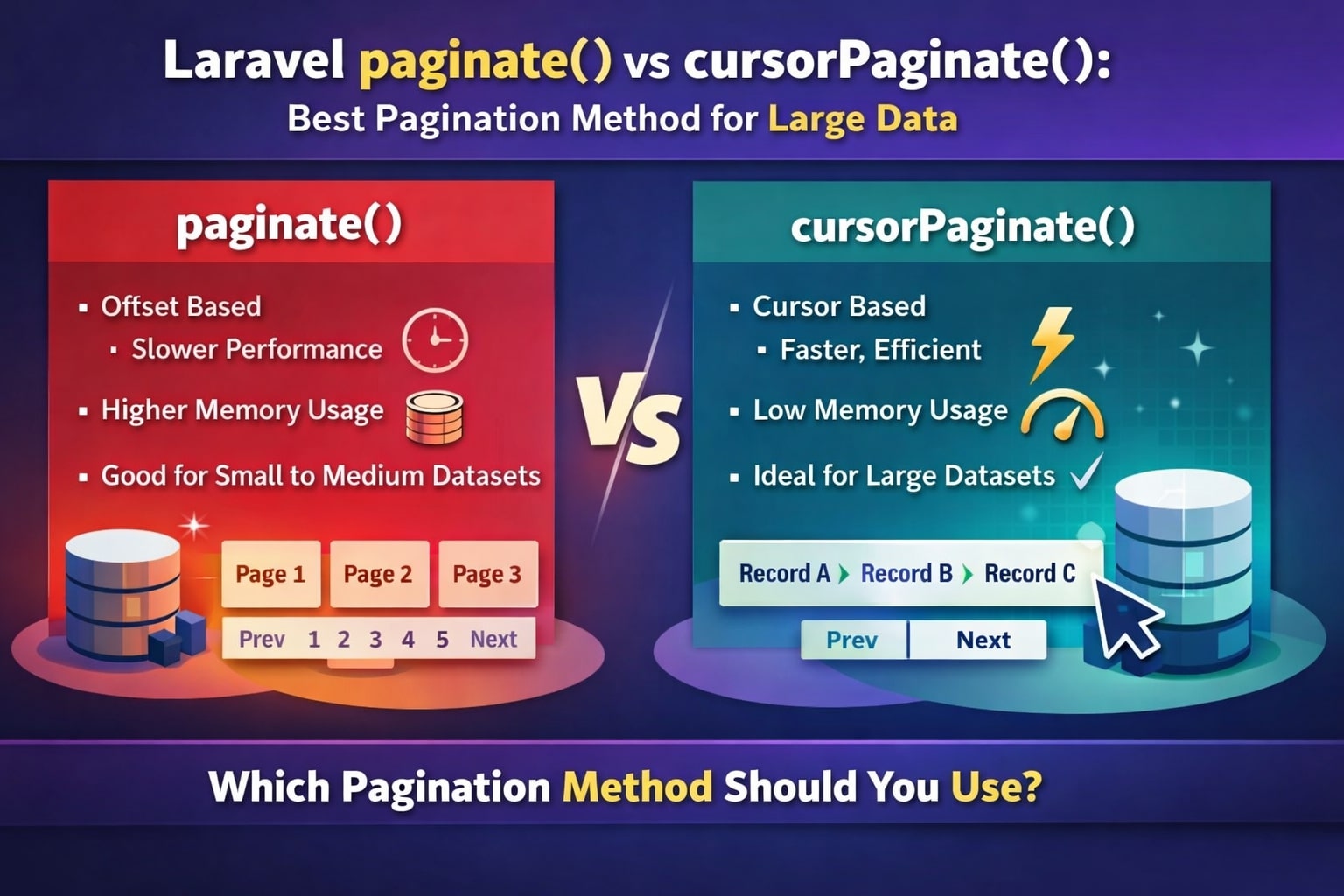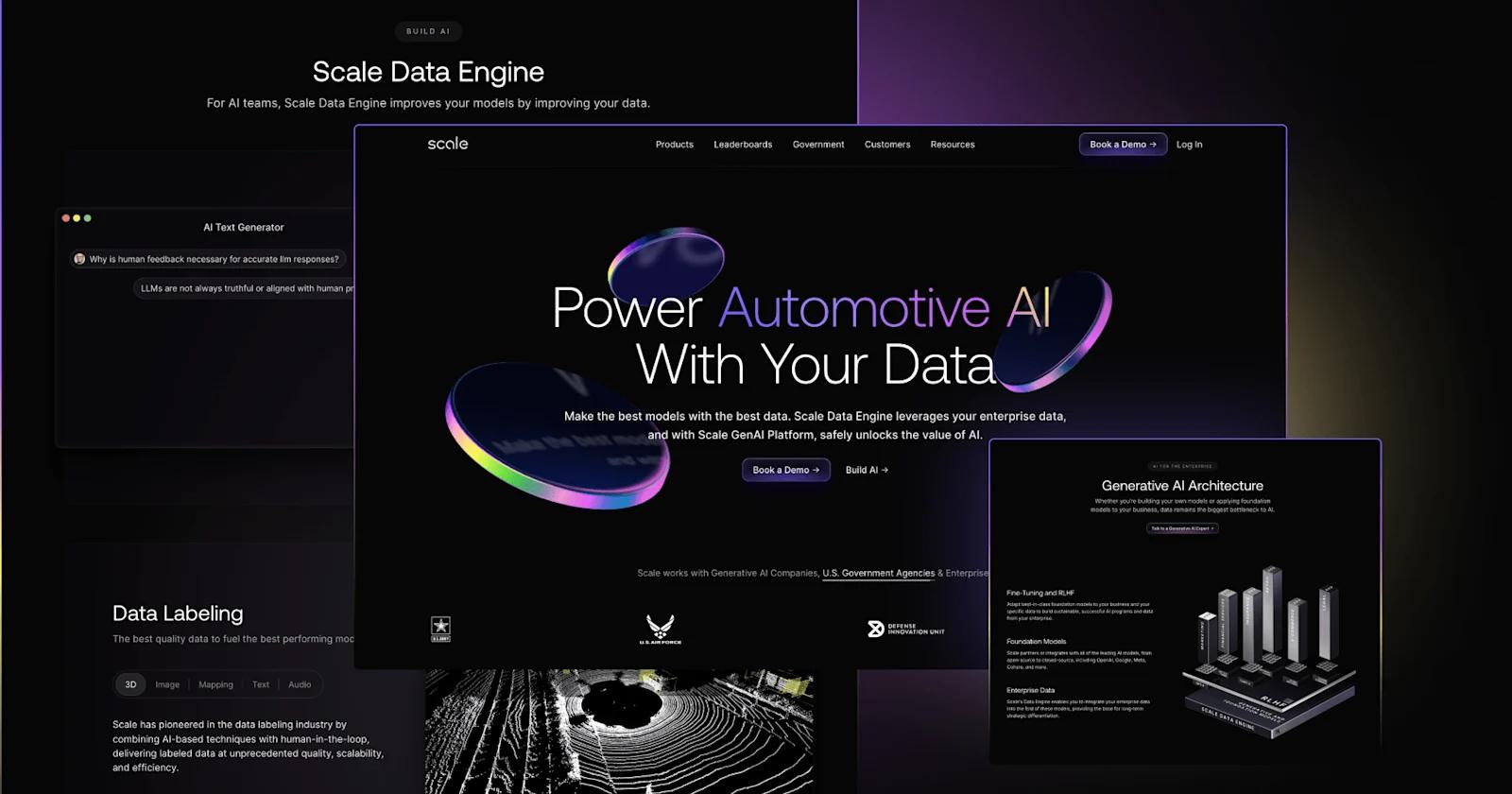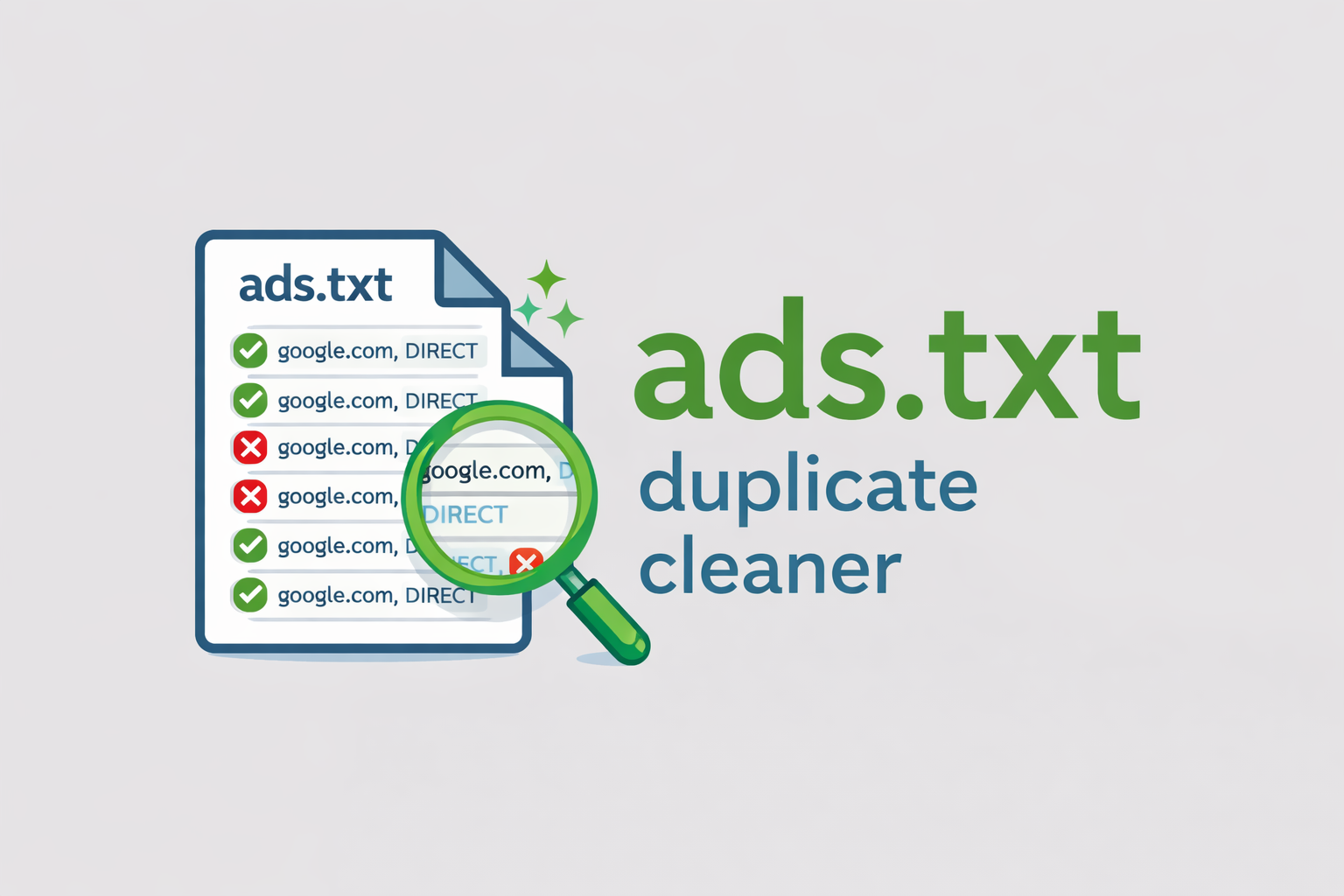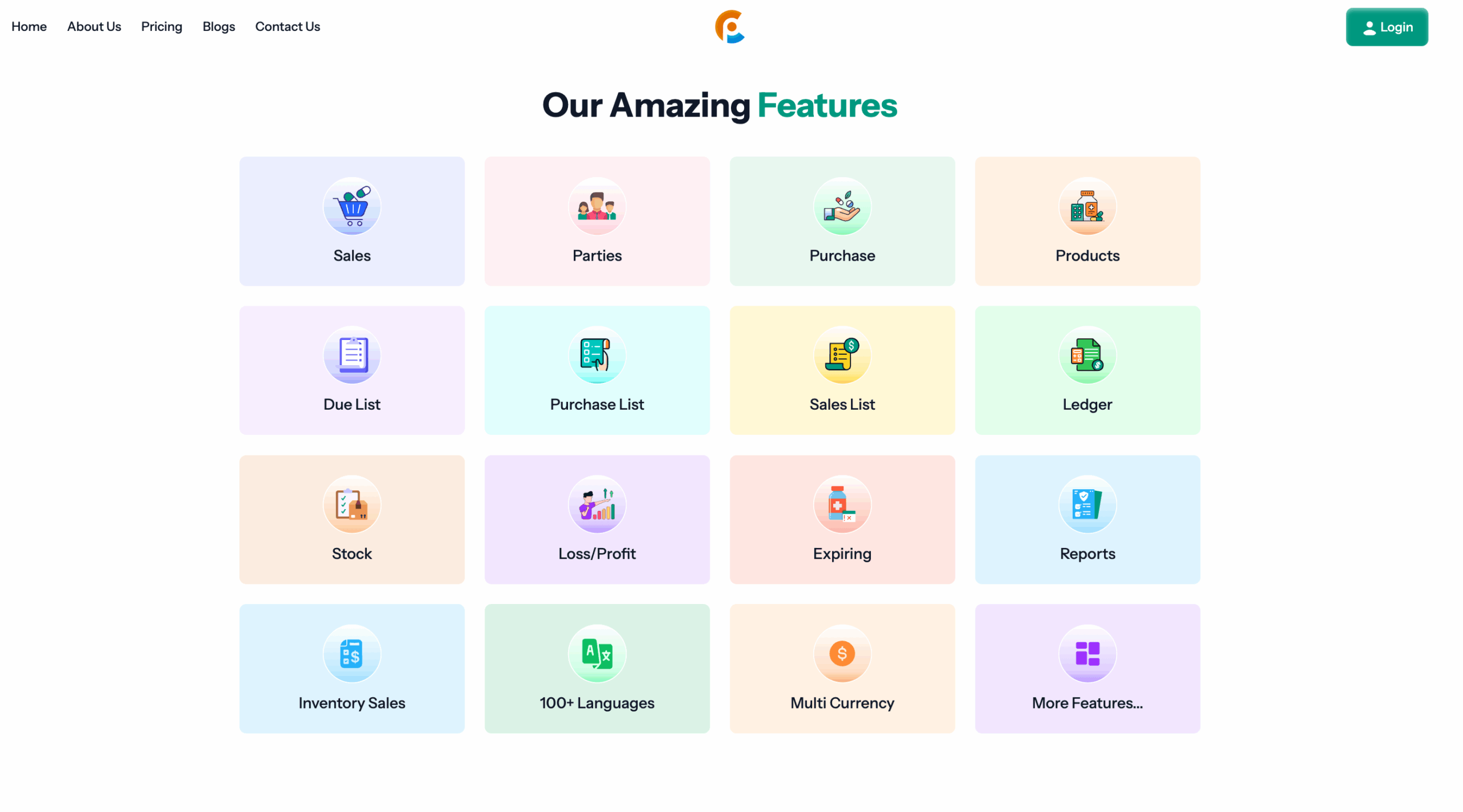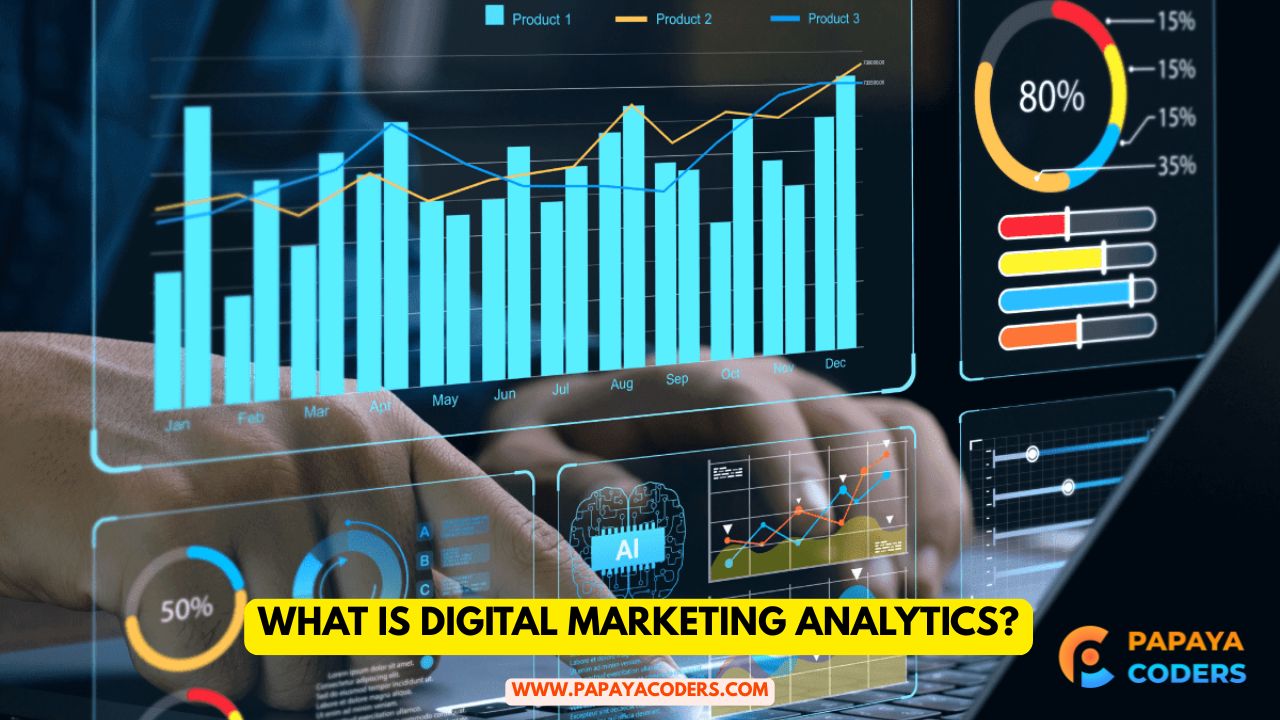Digital marketing keeps evolving from time to time. A business will depend on it to reach its audience online. Using many strategies can be confusing because you will never know which is best for you.
Category Digital Marketing strategies and techniques used to reach consumers online. By putting together a digital marketing category, you may find it easier to understand how each works, contributing to a successful online presence.
Types of Digital marketing
Digital marketing is broadly divided into 8 main categories; Papayacoders now talks about some of the most popular Category Digital Marketing and provides a brief overview of each:
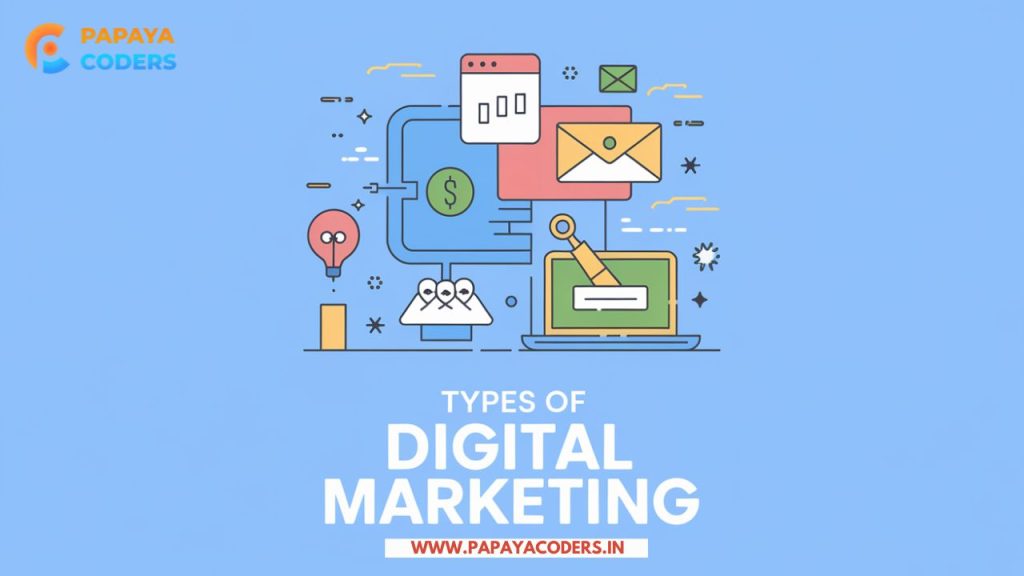
Search Engine Optimization (SEO)
SEO is all about optimizing a website in search engines like Google and making the website rank higher. This will help people find it faster and easier. SEO optimizes content on a site for organic traffic, adds relevant keywords, speeds up the site, and builds backlinks.
It will get you, free customers, at your door and become a more sustainable way to build credibility and authority within your industry. About Search Engine Optimization (SEO) presented in a table:
| SEO Aspect | Description |
|---|---|
| Keyword Research | Finding relevant and high-traffic keywords. |
| On-Page SEO | Optimizing content, meta tags, and headers. |
| Off-Page SEO | Building backlinks and improving domain authority. |
| Technical SEO | Ensuring website speed, mobile-friendliness, and security. |
| Content Quality | Creating valuable, informative, and engaging content. |
| User Experience (UX) | Enhancing site navigation and usability. |
| Analytics & Tracking | Monitoring performance using tools like Google Analytics. |
| Local SEO | Optimizing for local search queries and Google My Business. |
| Mobile Optimization | Ensuring the website is responsive on mobile devices. |
| SEO Audits | Regularly checking and updating SEO strategies. |
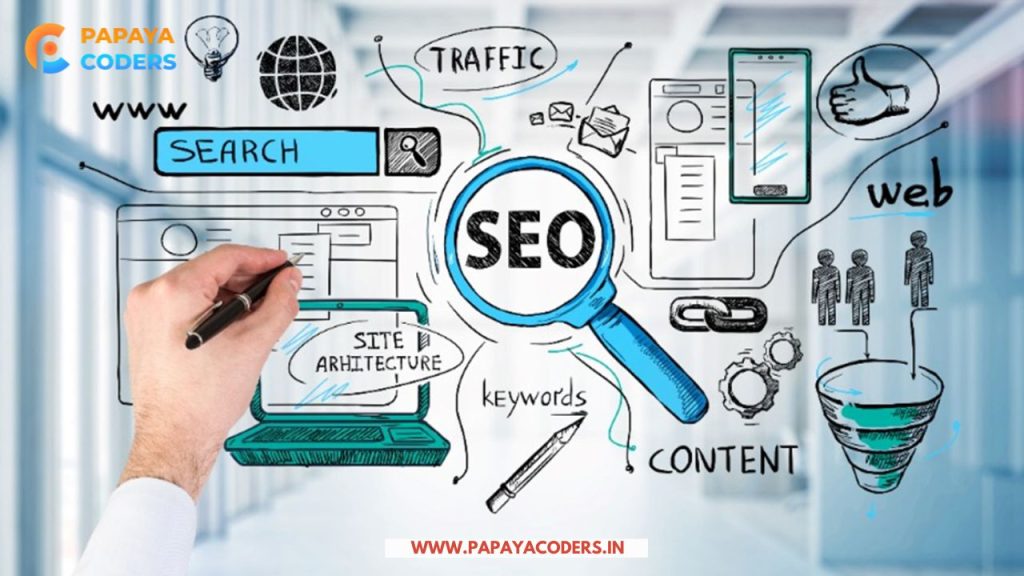
Pay-Per-Click Advertising (PPC)
PPC, or Pay-Per-Click advertising, is a paid advertising model that works on the bidding of products for the keywords displayed on a search engine or social networking site. There are numerous ways through which visitors can easily be directed to a website, and they pay only for the clicks on the advertisements.
A good PPC campaign can bring quick traffic and turn that traffic into revenue. Compared to SEO, which may take a certain period to yield results, PPC can provide immediate visibility, making it appropriate for urgent promotions and product launches.
about Pay-Per-Click Advertising (PPC) presented in a table:
| PPC Aspect | Description |
|---|---|
| Keyword Selection | Choosing relevant and high-converting keywords. |
| Ad Copy | Crafting compelling and persuasive ad text. |
| Landing Page Optimization | Ensuring the landing page is relevant and user-friendly. |
| Bid Management | Setting and adjusting bids to maximize ROI. |
| Quality Score | Improving ad relevance, click-through rate, and landing page experience. |
| Targeting Options | Utilizing demographics, location, and device targeting. |
| Ad Extensions | Adding features like callouts, sitelinks, and reviews. |
| A/B Testing | Testing different ad copies and visuals for better performance. |
| Budget Management | Allocating and controlling ad spend effectively. |
| Performance Tracking | Analyzing metrics like CTR, CPC, and conversion rate. |
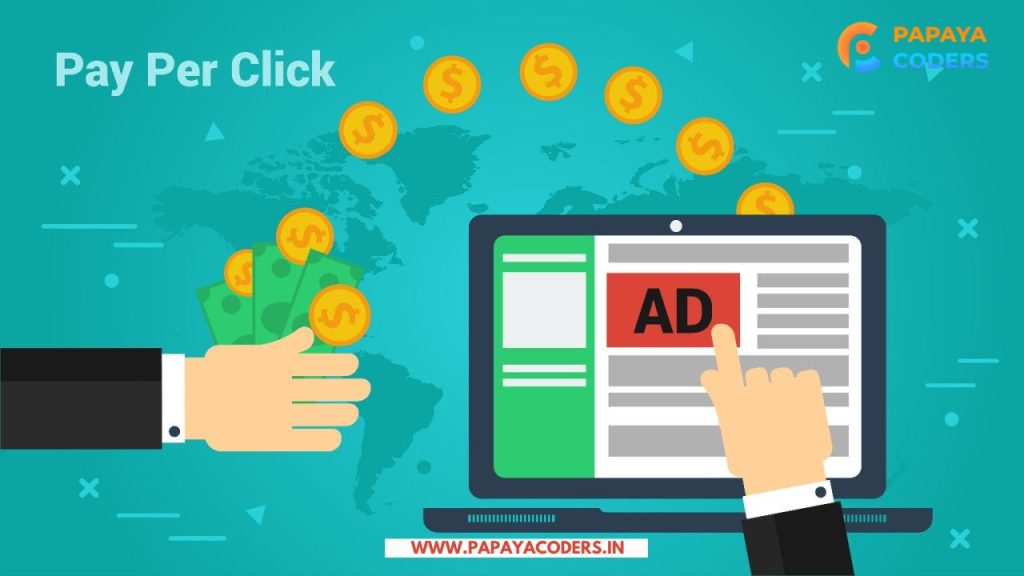
Content Marketing
Content marketing is about creating informative and engaging content that is valuable to your customers. This ranges from blogs to videos to infographics to even eBooks. High-quality content earns trust in the audience and develops brand authority and customer relationships.
In other words, good content marketing cultivates a perception of your company as a resourceful entity within its niche. About Content Marketing presented in a table:
| Content Marketing Aspect | Description |
|---|---|
| Content Strategy | Planning and aligning content with business goals. |
| Audience Research | Understanding target audience needs and preferences. |
| Content Creation | Developing high-quality and engaging content. |
| Content Types | Using blogs, videos, infographics, podcasts, and more. |
| SEO Optimization | Incorporating relevant keywords for better search visibility. |
| Content Distribution | Sharing content across various platforms (social media, email, etc.). |
| Consistency & Frequency | Maintaining a regular publishing schedule. |
| Engagement & Interaction | Encouraging audience interaction and feedback. |
| Performance Analysis | Measuring KPIs like traffic, engagement, and conversions. |
| Content Repurposing | Reusing content in different formats for maximum reach. |

Social Media Marketing
These social media sites allow businesses to connect directly with their audience. Each site has its mechanism and/or features with which posts, stories, live videos, and paid ads such as Facebook, Instagram, Twitter, and LinkedIn can engage an audience themselves.
This is how a potent social media strategy will create brand awareness and increase website traffic. Consistency and engaging audience interaction lay the foundation for strong loyalty development. About Social Media Marketing presented in a table:
| Social Media Marketing Aspect | Description |
|---|---|
| Platform Selection | Choosing the right social media platforms (e.g., Facebook, Instagram, LinkedIn) based on the target audience. |
| Content Strategy | Planning and creating engaging and relevant content. |
| Brand Voice & Identity | Maintaining a consistent brand voice and visual identity. |
| Audience Engagement | Interacting with followers through comments, messages, and polls. |
| Hashtag Strategy | Using relevant hashtags to increase content visibility. |
| Paid Advertising | Running targeted ads to reach a wider audience. |
| Influencer Collaboration | Partnering with influencers for brand promotion. |
| Analytics & Insights | Monitoring performance metrics like reach, engagement, and conversion. |
| Social Media Trends | Keeping up with trends to stay relevant and innovative. |
| Crisis Management | Handling negative feedback or social media crises effectively. |
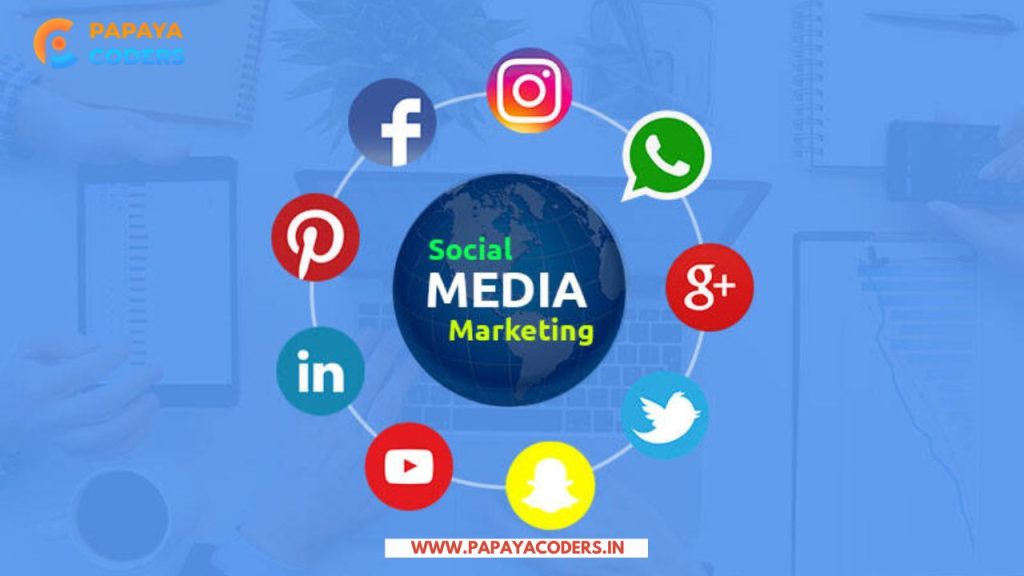
Email Marketing
Email marketing has stayed within the highly effective methods of communicating with the audience. Personalized emails can create promotional offers and automated follow-up processes in lead nurture and sales generation.
When done rightly, email marketing effectively fosters customer loyalty and keeps one’s brand top of consciousness. Segmentation of email lists, as well as the creation of better subject lines, improves open rates and, thereby, engagement.
About Email Marketing presented in a table:
| Email Marketing Aspect | Description |
|---|---|
| Audience Segmentation | Dividing the audience into groups for personalized messaging. |
| Email List Building | Growing an email list through sign-ups, lead magnets, etc. |
| Email Design & Layout | Creating visually appealing and mobile-responsive emails. |
| Personalization | Using recipient’s name and personalized content for better engagement. |
| Compelling Subject Line | Crafting attention-grabbing subject lines to increase open rates. |
| Call-to-Action (CTA) | Including clear and persuasive CTAs to drive conversions. |
| Automation & Drip Campaigns | Setting up automated sequences for consistent communication. |
| A/B Testing | Testing different elements (subject lines, CTAs, content) to optimize performance. |
| Analytics & Metrics | Tracking KPIs like open rate, click-through rate, and conversion rate. |
| Compliance & Privacy | Following regulations like GDPR and CAN-SPAM for legal compliance. |

Affiliate Marketing
Also, keep in mind affiliate marketing performance-based section government and the contracting partners such as influencers, bloggers, and content promoting products and services. The affiliate earns a commission per sale made via their referral links.
This method expands your reach and helps attract some new customers with the lowest cost possible. As the affiliates have their stake in generating sales, this strategy often results in highly converting performances.
About Affiliate Marketing presented in a table:
| Affiliate Marketing Aspect | Description |
|---|---|
| Affiliate Network Selection | Choosing the right platform (e.g., Amazon Associates, ShareASale). |
| Niche Selection | Picking a profitable niche that aligns with the audience’s interests. |
| Affiliate Partnerships | Collaborating with relevant affiliates and influencers. |
| Content Creation | Developing high-quality content to promote affiliate products. |
| Promotion Channels | Using blogs, social media, email, and videos for promotion. |
| Tracking & Analytics | Monitoring clicks, conversions, and sales through tracking tools. |
| SEO Optimization | Implementing SEO techniques for organic traffic. |
| Disclosure & Transparency | Clearly disclosing affiliate relationships to maintain trust. |
| Commission Structure | Understanding and optimizing commission rates and payout methods. |
| Compliance & Legal Aspects | Complying with legal guidelines, including FTC regulations. |
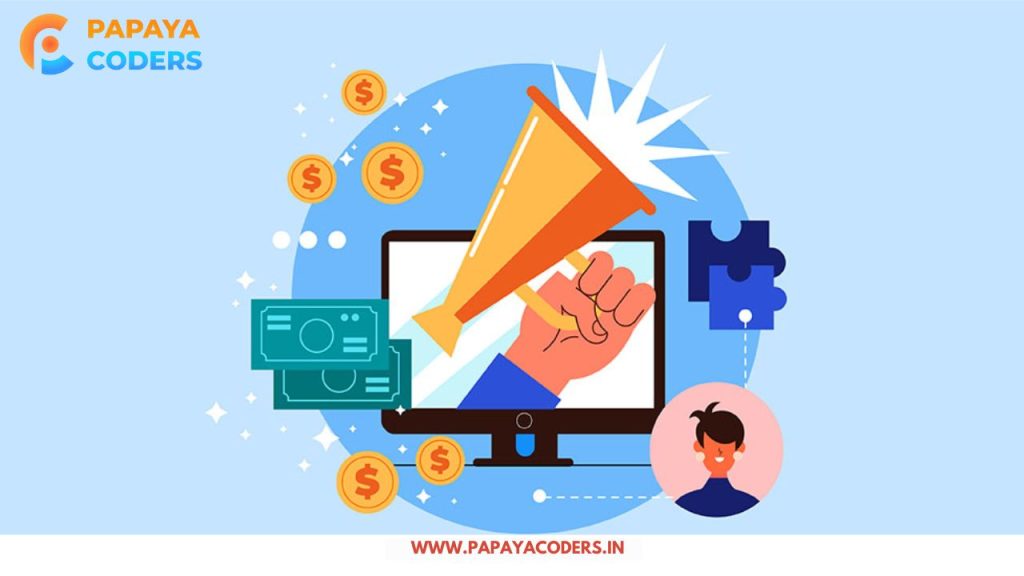
Influencer Marketing
Influencer marketing means going for social media personalities who have built a loyal following. They promote brands by talking about personal experiences with products or services. Influencer marketing can highly influence purchasing decisions since buyer confidence is usually placed on the recommendations of people they follow. However, choosing the right influencer for your brand is all about authenticity and credibility.
Important aspects of Influencer Marketing in short:
| Aspect | Description |
|---|---|
| Influencer Selection | Choosing relevant influencers for the brand. |
| Campaign Goals | Setting clear objectives (awareness, sales). |
| Content Collaboration | Co-creating engaging content. |
| Platform Choice | Selecting the right social media platforms. |
| Budget & Compensation | Planning payments or incentives. |
| Transparency | Disclosing partnerships clearly. |
| Performance Tracking | Measuring reach, engagement, and conversions. |
| Long-Term Relations | Building ongoing partnerships. |
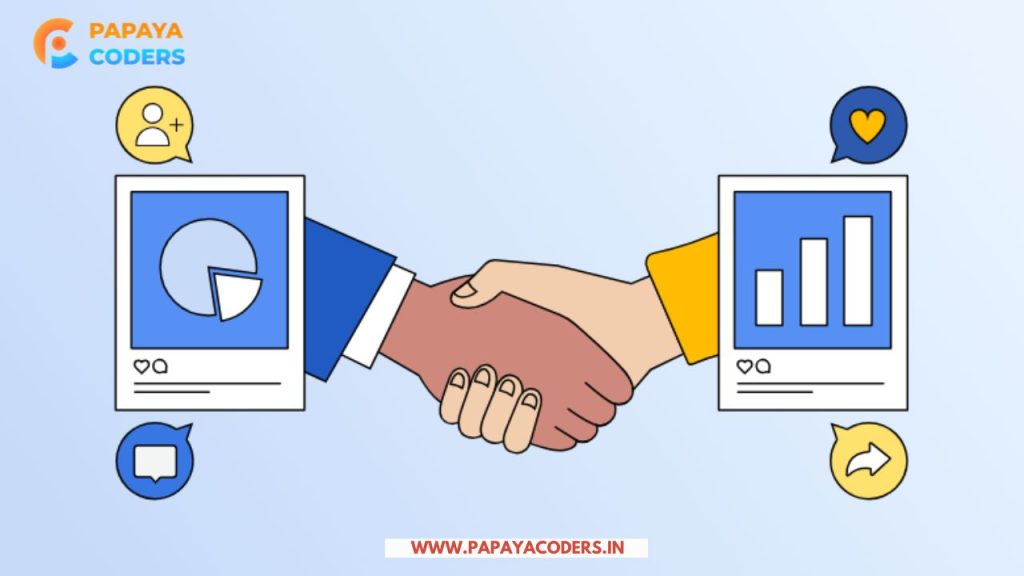
Video Marketing
Video content is a mighty tool in digital marketing. Businesses can share product demonstrations, tutorials, customer testimonials, and behind-the-scenes content on platforms like YouTube, TikTok, and Instagram. Engaging video content raises brand awareness, customer engagement, and sales. Short-form videos, in particular, have become almost instantly appealing.
Essential aspects of Video Marketing in short:
| Aspect | Description |
|---|---|
| Video Strategy | Planning content to align with marketing goals. |
| Platform Selection | Choosing platforms like YouTube, Instagram, TikTok. |
| Video Types | Using tutorials, testimonials, live videos, etc. |
| Storytelling | Creating engaging narratives to connect with the audience. |
| SEO Optimization | Optimizing titles, tags, and descriptions for better visibility. |
| Video Quality | Ensuring high-quality visuals and audio. |
| Call-to-Action (CTA) | Including clear CTAs to drive engagement. |
| Analytics & Metrics | Tracking views, watch time, and conversions. |
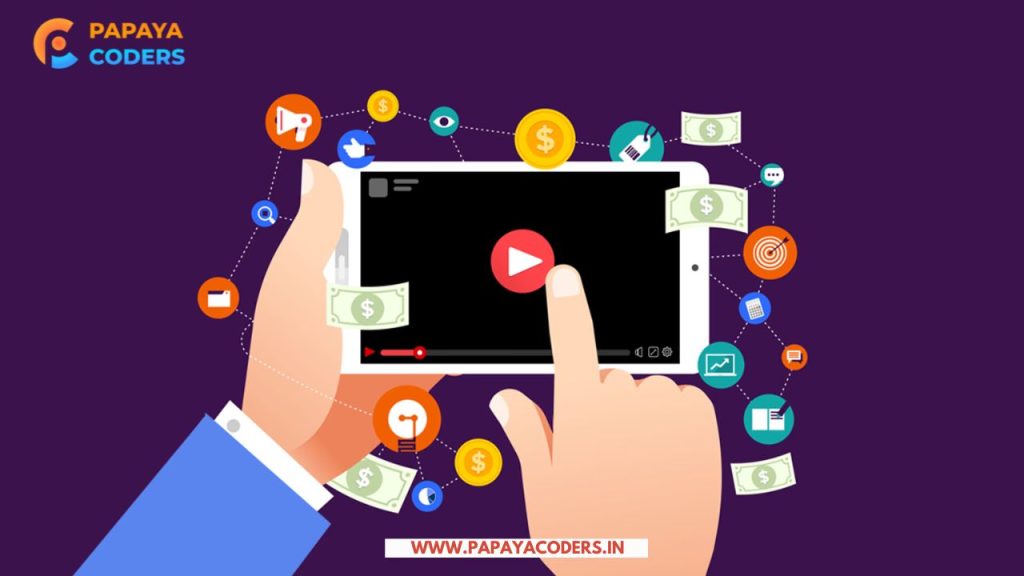
Mobile Marketing
Mobile marketing has become critical with the advent of smartphones. It includes SMS marketing, mobile-compatible websites, application advertisements, and promotions based on a user’s geographical location.
Mobile optimization makes it easier for consumers to reach businesses and improves their experience and conversion rates. The mobile-first approach is oriented towards users who consume via mobile in browsing and shopping.
Important aspects of Mobile Marketing in short:
| Aspect | Description |
|---|---|
| Mobile Optimization | Ensuring mobile-friendly websites and content. |
| App Marketing | Promoting apps through app stores and ads. |
| SMS & Push Notifications | Engaging users with timely updates and offers. |
| Location-Based Marketing | Targeting users based on their location. |
| Social Media Integration | Leveraging mobile social platforms for engagement. |
| Mobile Ads | Using in-app ads and mobile-specific campaigns. |
| Responsive Design | Creating content that adapts to all screen sizes. |
| Analytics & Tracking | Measuring user behavior and campaign effectiveness. |
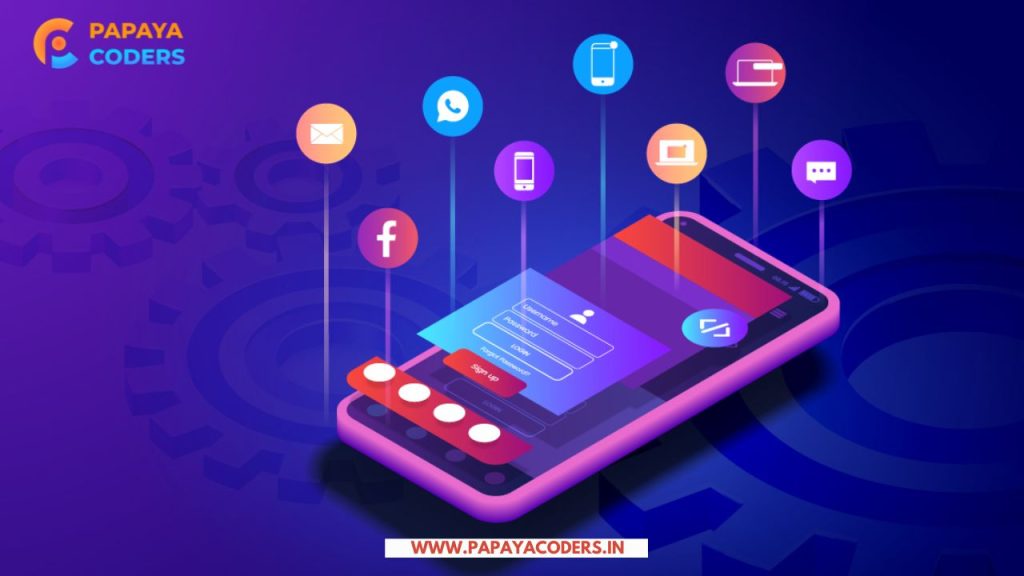
How to Choose the Right Digital Marketing Strategy?
Every business has its requirements, so any marketing strategy pleasantly differs according to specific industries, intended audience, and respective goals. For instance, an SEO and social media marketing orientation would pay the most dividends in a local operation, while the orientations considered perhaps best for an e-commerce store are PPC and influencer partnerships.
Acquaintance with these categories permits fine-tuning a strategy that meets its very business goals and will provide the best output. As different strategies are applied and their performance metrics are observed, relevant refining can be done to enhance the strategy over time.
Read also:-
- The Future Of Augmented Reality (AR) in Digital Marketing?? (Update 2025)
- Restarting node Application in node JS: A Complete Guide!
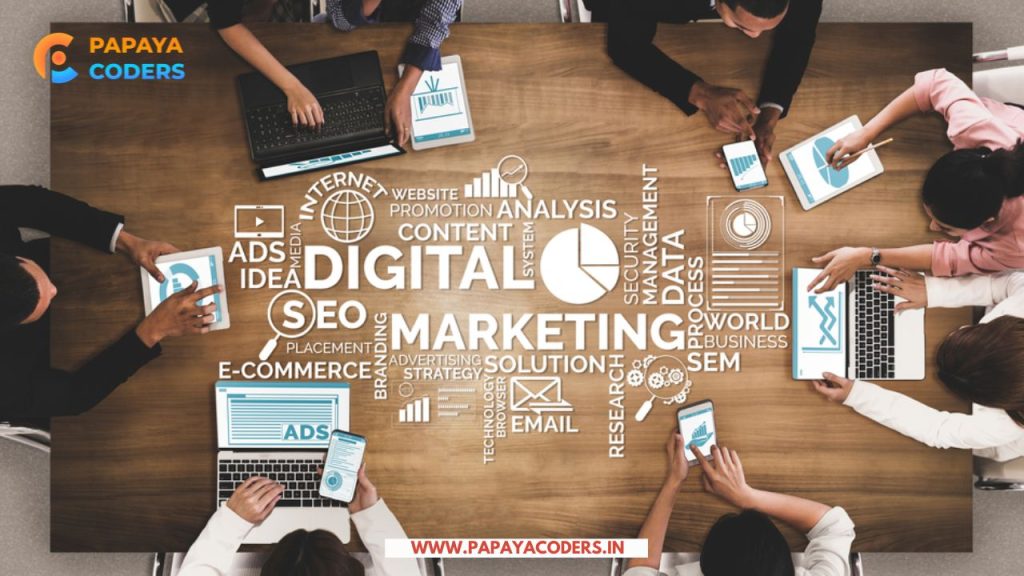
Final Thoughts:
Digital marketing provides countless opportunities for businesses to expand and engage with their customers. Whether you choose SEO, social media, email, or paid ads, they are all key to building an online presence.
The trick is to try various approaches and find the right combination for your audience. Ready to take your marketing to the next level? Implement these strategies today and see your business grow!
If you like this, how can you category digital marketing? Post it, then comment and share your opinion with us. Attention Readers! Join us on WhatsApp Community for daily auto news updates.
You can follow Papayacoders on Twitter, Facebook, Instagram, and Google News. Visit papayacoders.in for the most recent news, reviews, and tech guides. In my previous blog on Create Best App for Your Business, I ended the post by linking to one of our final guides.
